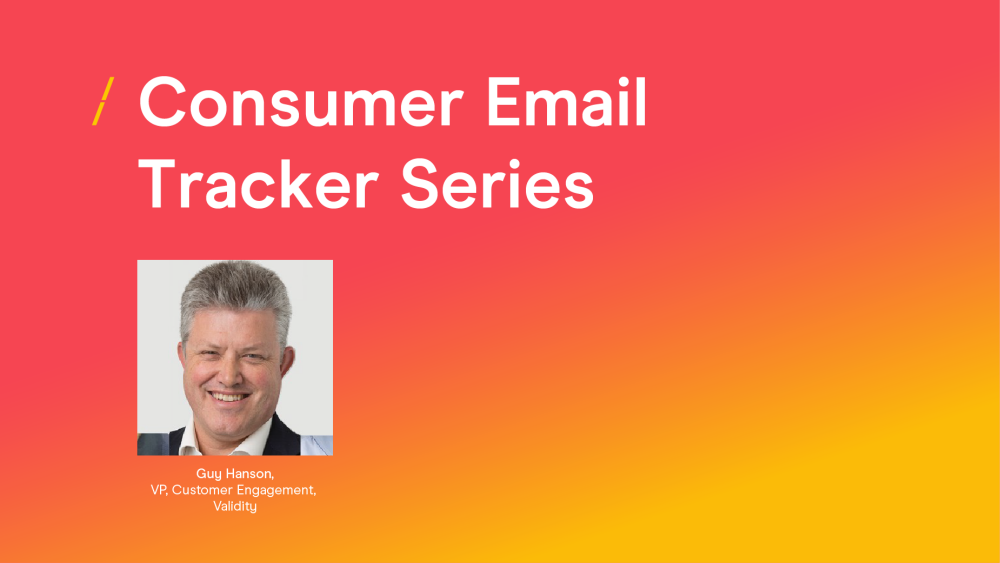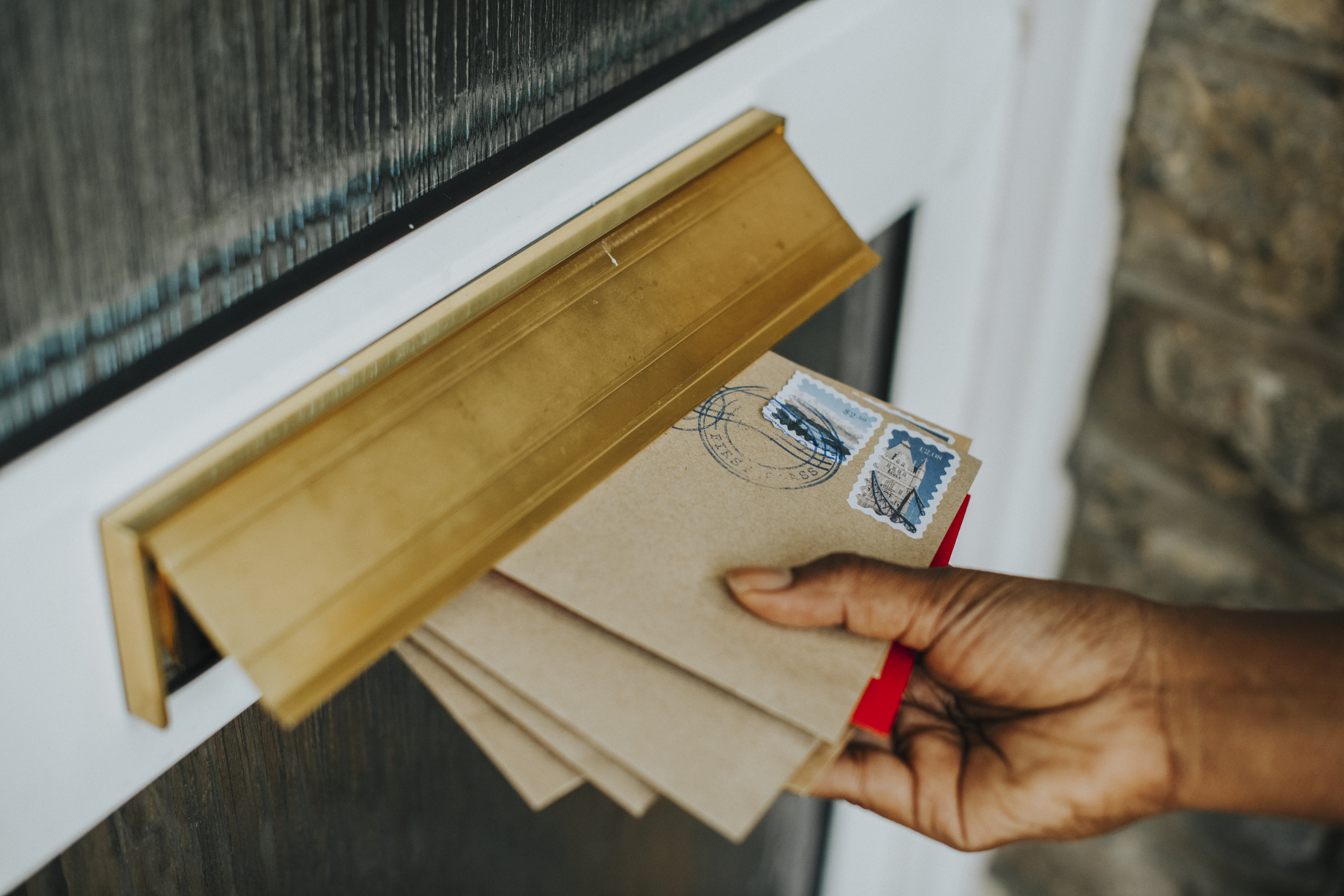Consumer Email Tracker Series: What's In Your Junk Folder?
01 Jun 2023

This article is written by Guy Hanson, Vice President Customer Engagement at Validity, who is part of the Email Council and its Research Hub.
The DMA’s Consumer Email Tracker is one of my favourite reports. It’s one of the few pieces of research that considers email effectiveness through the eyes of the people who matter most – subscribers! Without their perspective email senders are sailing blind!
Some of these perspectives are completely counter-intuitive! This post is first in a series of four from the DMA’s email council, digging into some of these unexpected learnings, and explaining the drivers behind them.
For example - nobody checks their junk folder, right? Wrong !!!
More than three out of four consumers check their junk folder at least once a week, and in some cases far more frequently. Here’s the breakdown:
- Hourly: 8%
- Daily: 40%
- Weekly: 29%
- Less frequently: 18%
Only 5% of respondents never check their junk folders. There is both a downside and an upside to this learning.
Downside
Many legitimate, permission-based emails do end up in recipients’ junk folders. Traditional delivery metrics don’t tell this story – last year’s DMA Email Benchmark report quoted 98.1%, but this is only the accepted rate (sent minus bounced). How many of those emails then avoid the mailbox providers’ (MBPs) spam filters?
Validity’s 2023 Deliverability Benchmark report shows average global inbox placement rates (IPRs) are 85%, and slightly higher in the UK at 90%. That’s right - 1 in 10 of your carefully crafted marketing messages fail to reach your customers’ inboxes . . . where they will see them, engage with them, and buy your products and services!
To understand why, think like an MBP. A while back the postmaster team from Virgin Media joined us for a council meeting. They explained they have no problem with marketing emails. Their focus is on protecting customers from spammers and other malicious actors. Legitimate emails only get placed in junk when they match the criteria used to catch bad actors.
Their advice was simple. Don’t look like a spammer!
Upside
The report explores the concept of “best friend brands.” Typical consumers are signed up with less than 10 programs, and while offers/promotions remain the top driver, factors such as “trust/like” the brand exert a strong influence. These subscribers view themselves as net promoters (+19%) and will recommend the brands they receive emails from to friends and colleagues.
This reflects the value these subscribers get from their emails. The previous Marketer Email Tracker showed the average lifetime value of an email address is ± £35. This is the value brands generate from their customers, but the relationship is in equilibrium when customers believe they extract a similar amount of value – in the form of discounts, useful information, and great customer support.
Strong relationships mean that when these emails aren’t delivered, they go looking for them!
How to stay out of spam
In an ideal world, senders don’t want their emails to go to spam in the first place. However, if they do they want to make sure they are quickly found and recovered. Here are some top tips covering both points:
- Reputation counts: I spoke about thinking like an MBP, and this is where sender reputation comes into play. Think of it like a credit score for email marketers – providing insight into how MBPs see your emails, and the deliverability decisions they make about them. Monitor your score using a solution like SenderScore, and take immediate action if one or more of the underlying reputation measures starts trending negatively.
- Content is king: As Virgin Media said, “Don’t look like a spammer!” This simple advice covers a broad range of best practices: avoid spelling mistakes, don’t overdo the discounts, never use link shorteners, ensure URLs aren’t block-listed, keep image sizes down, check for footer truncation, etc. Use a good render testing tool to identify (and correct!) these potential risks before sending your emails.
- Be consistent: Humans are good at identifying patterns, and quick to recognise when a pattern is broken. This is where sending consistency is important – if subscribers are used to receiving their weekly newsletter every Wednesday, they will be more likely to search for them if they don’t arrive. Same for send time optimisation – if your emails are expected first thing in the morning, don’t suddenly change to late afternoon!
- Mind your business (to business!): The rise in spam checking coincides with the increased use of business email addresses. B2B marketing emails are even harder to deliver (79% according to Validity’s report) because admins are highly focused on shielding their staff from phishing and malware attacks. Regular spam testing for hosted platforms (MS-Exchange, G-Suite) and corporate filters (Proofpoint, Mimecast, etc.) is an essential part of dealing with this challenge.
- Stand out in spam: Consumers told us the most important factor driving email opens is recognition of sender. This holds true in the spam folder too. Emails where the brand name is clearly stated in the friendly from and/or subject lines stand out. Personalisation works for the same reason – nothing generates recognition more effectively than the use of your own name, and it stands out immediately when subscribers are looking for missing emails!
- TINS is tops: Getting subscribers to recover emails from junk using the “This is Not Spam” (TINS) button sends a powerful signal to MBPs that they’ve made a mistake, The same applies to “Add us to Your Trusted Senders” which effectively creates a mini-white-listing. Both actions tell MBPs these emails are valued by their recipients and have a positive impact on inbox placement.
Let’s be honest – no email sender wants their emails in junk, but it happens frequently because of MBP filtering. Senders should work hard to improve their IPRs, and a great way of achieving this is to apply for Certification. The good news – as the research shows – is when you have great relationships with your subscribers, they will look for their missing emails, and restore them to their inboxes – where the engagement happens!
Want to read more great insights from the 2023 Consumer Email Tracker? Grab a copy here.
If you’re interested in the work the DMA’s Email Council does and would like to get involved, drop us a line at email@dma.org.uk – we’d love to hear from you!




Please login to comment.
Comments